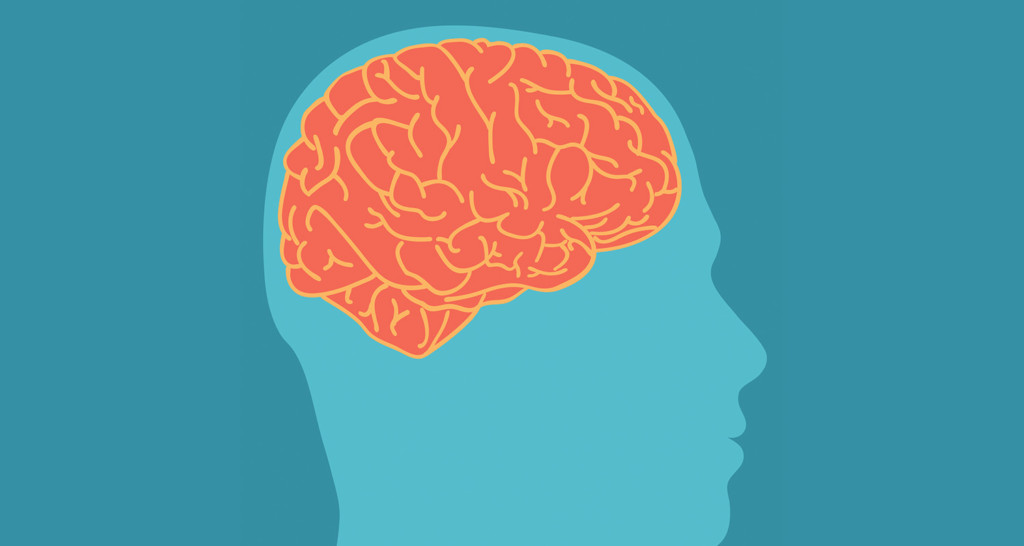
[tldr]
- About 60 percent of people report some kind of abuse or trauma in their childhood.
- Trauma is a huge block when it comes to improving your performance. The good news is that you can heal trauma for good and become stronger for it.
- You can take the quiz below to measure how traumatic your childhood has been.
- Neurofeedback, EMDR therapy, psychedelic therapy, and meditation are all powerful ways to process your trauma and heal from it.
[/tldr]
Trauma is uncomfortable to bring up in conversation. You don’t often hear about it, despite the fact that 60 percent of adults report some kind of abuse or trauma in their childhood. [ref url=”https://www.ncjrs.gov/pdffiles1/ojjdp/227744.pdf”][ref url=”http://justice.aksummit.com/PDF/081712_childhood_trauma.pdf”] You hear even less about tools to heal trauma — to uncover it, face it, feel the pain associated with it, and then let it go.
The lack of discussion around trauma is partly cultural, but it’s also because trauma is hard to pin down. It’s so overwhelming that your brain often tries to bury it; it’s too painful to face, so you push it down or rationalize it and continue with your life. That works in the short-term, but in the long-term, buried trauma can impact your stress response, cause chronic cortisol release, decrease your emotional regulation, and bring up a variety of coping behaviors that hurt your performance.
By the same token, healing your childhood trauma is one of the most extraordinary biohacks you can do. It unlocks happiness, gratitude, optimism, productivity, and a renewed appreciation for life.
Overcoming trauma
In a recent Bulletproof Radio podcast episode [iTunes], cancer doctor and trauma expert Nasha Winters talks about overcoming childhood trauma and how profoundly it impacts performance.
“Trauma removal techniques today are much stronger [than ever before],” Winters says. “…we can re-circuit our psychology.”
A difficult past doesn’t have to cast a shadow over your life. Here’s a look at how trauma works, as well as four ways you can heal from it.
How trauma rewires your brain (it’s not all bad)
Trauma affects your biology in measurable ways. After a traumatic experience, your brain may become stuck in fight-or-flight mode, constantly watching for threats and releasing cortisol even in the absence of a stressor. [ref url=”https://www.ncbi.nlm.nih.gov/pmc/articles/PMC3181836/”]
Your hippocampus and prefrontal cortex, two brain regions involved in regulating emotion, may shrink in size from a combination of stress and constantly suppressing emotional pain. [ref url=”https://www.ncbi.nlm.nih.gov/pubmed/10553030″][ref url=”https://www.ncbi.nlm.nih.gov/pubmed/18037013″]
And according to research using data from the Adverse Childhood Experience (ACE) quiz (take it here), which measures the trauma that comes from a rough childhood, adversity you experience before you’re 18 puts you at risk for[ref url=”https://www.ncbi.nlm.nih.gov/pubmed/28419887″][ref url=”http://www.apa.org/science/about/psa/2017/04/adverse-childhood.aspx”]:
– Depression
– Anxiety
– Decreased performance at work
– Trouble sleeping
– Chronic stress
– Alcoholism
– Addiction
– Suicide
Trauma is clearly destructive — but there’s a “what doesn’t kill you makes you stronger” side to it too. If you’ve faced a lot of adversity in your life, the fact that you’re still here means you were resourceful enough to overcome it, even if you picked up trauma along the way. Learning how to get rid of old traumatic patterns and loops can leave you with the best of both worlds: the resilience of someone who overcomes, as well as optimism and mental freedom.
RELATED: Hormesis: How to Use Stress to Boost Your Resilience
Ways to heal emotional trauma
Here are four ways to work through emotional pain and let go of a traumatic past.
1) Neurofeedback for immediate results
Neurofeedback is probably the most efficient way to face trauma and learn more about your emotions and how your brain works. That’s how 40 Years of Zen got its name: by the end of the five days of intensive neurofeedback, your brain waves resemble those of a lifelong Zen monk.
In neurofeedback, you have electrodes connected to your head that show you your own brain activity in real time. Using that data, you can train yourself to have higher alpha waves — the calm, focused brain waves you create during deep meditation.[ref url=”https://www.ncbi.nlm.nih.gov/pubmed/19922249″]
Forgiveness is the fastest way to let go of painful experiences and permanently boost alpha waves, and it’s a big component of 40 Years of Zen. Facing trauma, feeling the pain, finding forgiveness, and letting it go, all with the guidance of neurofeedback and qualified therapists, rewires your brain.[ref url=”https://www.ncbi.nlm.nih.gov/pubmed/23341412″] And because of the neurofeedback, you can watch your brain release trauma and get stronger in real time. Neurofeedback is one of the most powerful biohacks available.
2) EMDR Therapy to rewire your response to triggers
Eye movement desensitization and reprocessing (EMDR) therapy helps you find triggers that cause a traumatic pattern or loop in your brain activity, and trains you to recalibrate your brain and process the event that caused the trigger.
In an EMDR session, you watch a light move from left to right at specific speeds. The eye movement puts your brain in a state where you can uncover and face distressing events much more easily. A therapist helps guide you through the events, process them, and rewire your brain response for the better.
It’s still not clear exactly how or why EMDR works, but a wide body of research has found that it’s effective at healing emotional trauma in the long-term.[ref url=”https://www.ncbi.nlm.nih.gov/pmc/articles/PMC3951033/”]
3) Psychedelic therapy
In her recent Bulletproof Radio podcast episode [iTunes], Winters talks about overcoming her difficult start to life. Winters scored a 10/10 on the ACE questionnaire, meaning she had the most traumatic childhood measurable. She credits psychedelics as one of the three biggest things that helped her heal.
“An experience with Psilocybin cubensis (hallucinogenic mushrooms)…[helped] to lift me up and see what was around me, to see the possibility of my own healing,” she says.
Psychedelics can change how you look at the world in a lasting and deeply healing way. Clinical studies have found that psychedelic experiences with mushrooms or LSD, combined with psychotherapy, can reverse treatment-resistant depression long-term after only one or two sessions.[ref url=”https://www.ncbi.nlm.nih.gov/pmc/articles/PMC5813086/”]
Psychedelics also permanently increase people’s openness scores, which correlates with increased creativity,[ref url=”https://www.ncbi.nlm.nih.gov/pmc/articles/PMC3537171/”][ref url=”https://onlinelibrary.wiley.com/doi/abs/10.1111/j.1467-6494.1992.tb00970.x”] and 70% of people who took psychedelics for the first time rated the experience as one of the five most meaningful experiences of their lives, on par with the birth of a child.[ref url=”https://www.ncbi.nlm.nih.gov/pubmed/16826400″]
Of course, psychedelics are illegal in many places. Unless you go to Amsterdam or South America, your best hope of legal psychedelic therapy is to join one of the many clinical studies on psychedelics and trauma happening in the U.S. Be sure you know the benefits and risks of psychedelics before using them.
4) Meditation (especially alongside psychotherapy)
Meditation is an amazing biohack. It’s free, you can do it anywhere and any time, and it really works for building a stronger brain and becoming more aware of your emotions.
Meditating regularly relieves chronic stress and boosts alpha brain waves, which are associated with calm focus and happiness.[ref url=”https://www.ncbi.nlm.nih.gov/pubmed/19922249″] Meditation also increases emotional regulation, emotional intelligence, self-awareness, and creativity, all things that trauma decreases.[ref url=”https://www.ncbi.nlm.nih.gov/pmc/articles/PMC5337506/”][ref url=”https://www.ncbi.nlm.nih.gov/pmc/articles/PMC3994657/”]
Increased emotional self-awareness and higher alpha waves make it easier for you to uncover negative brain loops caused by trauma, see them for what they are, and rewire your response. For a particularly intense meditative experience, try a 10-day silent meditation retreat.
Many people report that these retreats are both the most difficult and most healing experiences of their lives. Bonus? They’re typically free.
For maximum growth and help navigating your trauma, pair meditation with psychotherapy. A good therapist will guide you through your emotions and help you heal.















